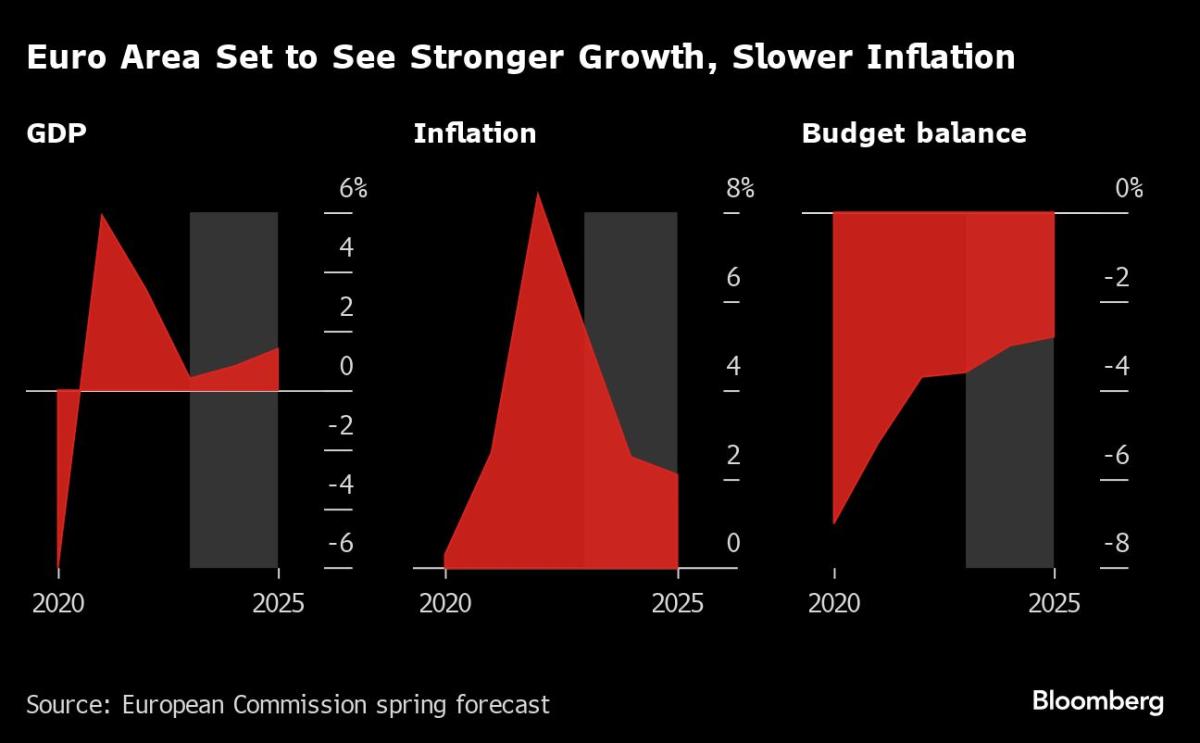The Swiss healthcare system is currently facing a lack of incentives for saving money among cantons, doctors, hospitals, and patients. This has led to the introduction of a popular initiative to curb costs and bring savings pressure into the system. One example of cost-conscious behavior making a difference is a patient who suffered from frozen shoulder. Instead of opting for surgery recommended by a specialist, the patient chose conservative treatment and only attended a few physical therapy sessions before deciding to do the exercises at home. This resulted in the shoulder problems disappearing without the need for an expensive, unnecessary operation.
The popular initiative for a cost brake in the healthcare system aims to address the rising costs of compulsory health insurance by implementing effective countermeasures if costs grow faster than wages or the overall economy. This initiative highlights the need to reduce waste in the Swiss healthcare system, which is one of the most expensive in the world. Various expert estimates suggest that there is a significant amount of wastage in the system, with potential savings ranging from 10% to 20% of total healthcare costs.
One key driver of waste in the Swiss healthcare system is the lack of savings incentives for central actors such as providers, patients, and cantons. For example, patients often pass on the costs of medical treatments to health insurance companies, leading to inefficiencies and unnecessary services. The combination of roles held by cantons as hospital operators and arbitrators in collective agreements also creates conflicts of interest, hindering more cost-effective hospital planning.
To address these issues, experts suggest implementing more savings incentives for cantons, revising collective agreements for doctors and hospitals


